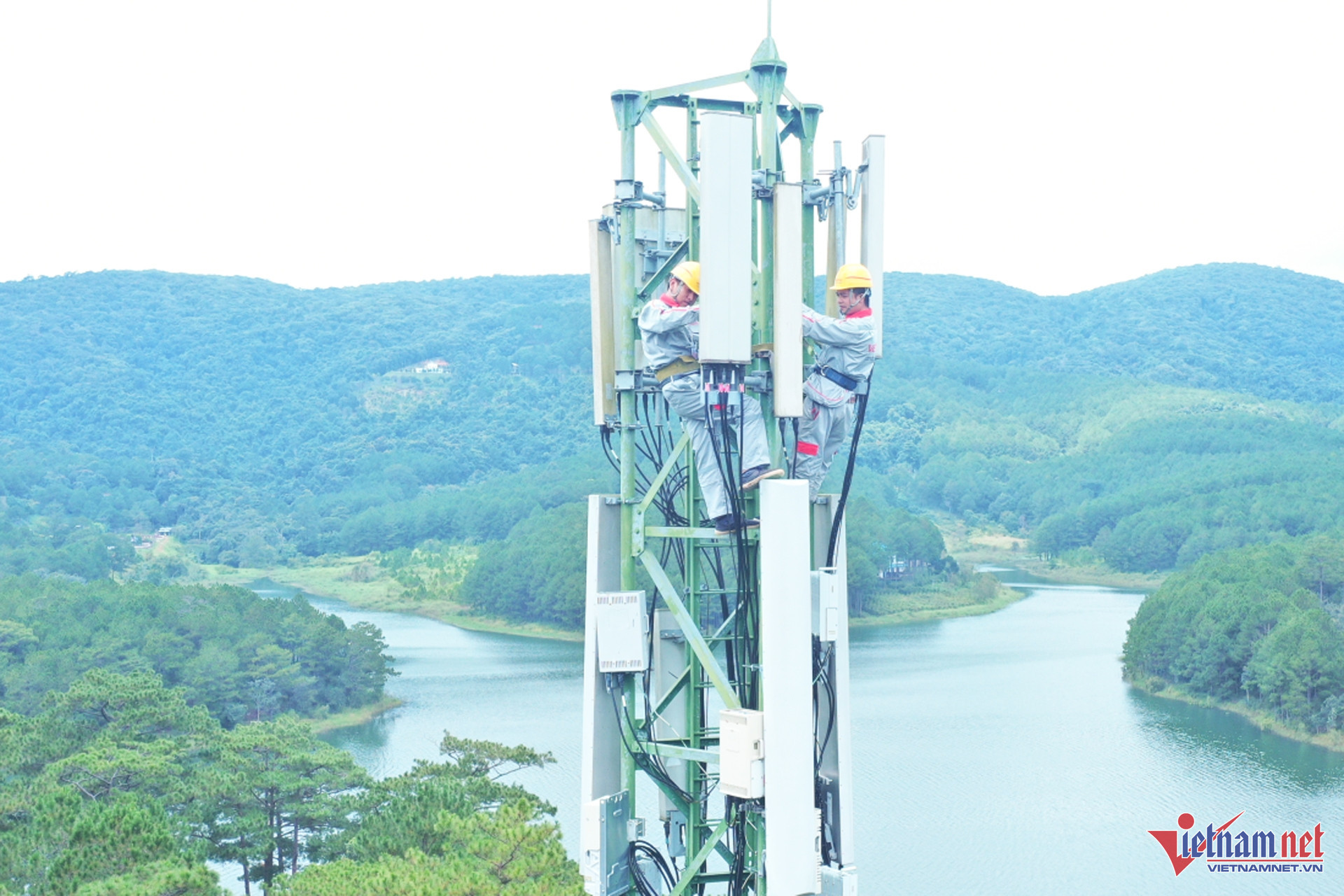
As of October, 82.3% of households in Vietnam are connected to fiber-optic broadband, marking a 2% increase since February 2024, according to data from the Ministry of Information and Communications (MIC). Meanwhile, smartphone usage among mobile subscribers has also surged, reaching 88.7%.
The nation’s roadmap for telecommunications and IT infrastructure development, approved by the Prime Minister on January 11, 2024, sets the stage for Vietnam’s digital transformation.
Covering the period from 2021 to 2030, with a vision to 2050, this framework identifies digital infrastructure as essential to national development.
It supports the shift to a digital economy, enables innovation, and enhances Vietnam’s competitiveness on a global scale by bridging physical and digital spaces.
The Ministry’s "Digital Infrastructure Strategy to 2025, with a Vision to 2030" highlights four core components: telecommunications and internet networks, data infrastructure, physical-digital infrastructure, and digital services.
Each is designed to be high-capacity, sustainable, and smart, meeting the demands of a digital economy, society, and government while ensuring security and resilience.
In the October 2024 national digital transformation report, MIC revealed that six provinces - Ca Mau, Long An, Kon Tum, Dak Nong, Ben Tre, and Lang Son - have issued localized plans to implement the national IT infrastructure strategy. The report also highlighted that by September, only 761 remote areas nationwide still had limited mobile coverage, of which 637 areas had access to electricity, while 124 did not.
Efforts to extend fiber broadband connectivity remain ongoing. As of now, 3,551 villages still lack fiber-optic cable infrastructure. However, significant progress has been made in commercializing 5G services.
Earlier this year, MIC successfully auctioned 5G spectrum licenses, granting Viettel, VNPT, and MobiFone the rights to deploy 5G networks. In mid-October, Viettel launched its 5G network, boasting 6,500 base transceiver stations (BTS) covering all provincial capitals, as well as major industrial zones, tourist areas, ports, airports, hospitals, and universities across the country.
The report also underscored existing challenges, notably in regions with limited or unreliable electricity supply. The high costs associated with generators to power BTS stations, combined with low revenue from these remote areas, strain resources for telecom operators.
Additionally, the complex terrain in some areas further escalates the costs of extending power and fiber-optic connections.
To address these challenges, MIC has proposed that the Ministry of Industry and Trade, the State Capital Management Committee, the Vietnam Electricity Corporation (EVN), and local governments work collaboratively to create supportive infrastructure.
These efforts would enable telecom operators to expand mobile coverage to underserved areas and bring fiber connectivity to more households.
According to the "Digital Infrastructure Strategy to 2025, with a Vision to 2030," Vietnam aims to make fiber-optic connections universally available to all households by 2025, with 100% coverage of high-tech zones, IT parks, research centers, innovation hubs, industrial zones, and international airports with 5G mobile services.
By 2030, the goal is for all users to have access to fiber broadband with speeds of at least 1Gbps, and for 5G mobile broadband to cover 99% of the population.
Van Anh